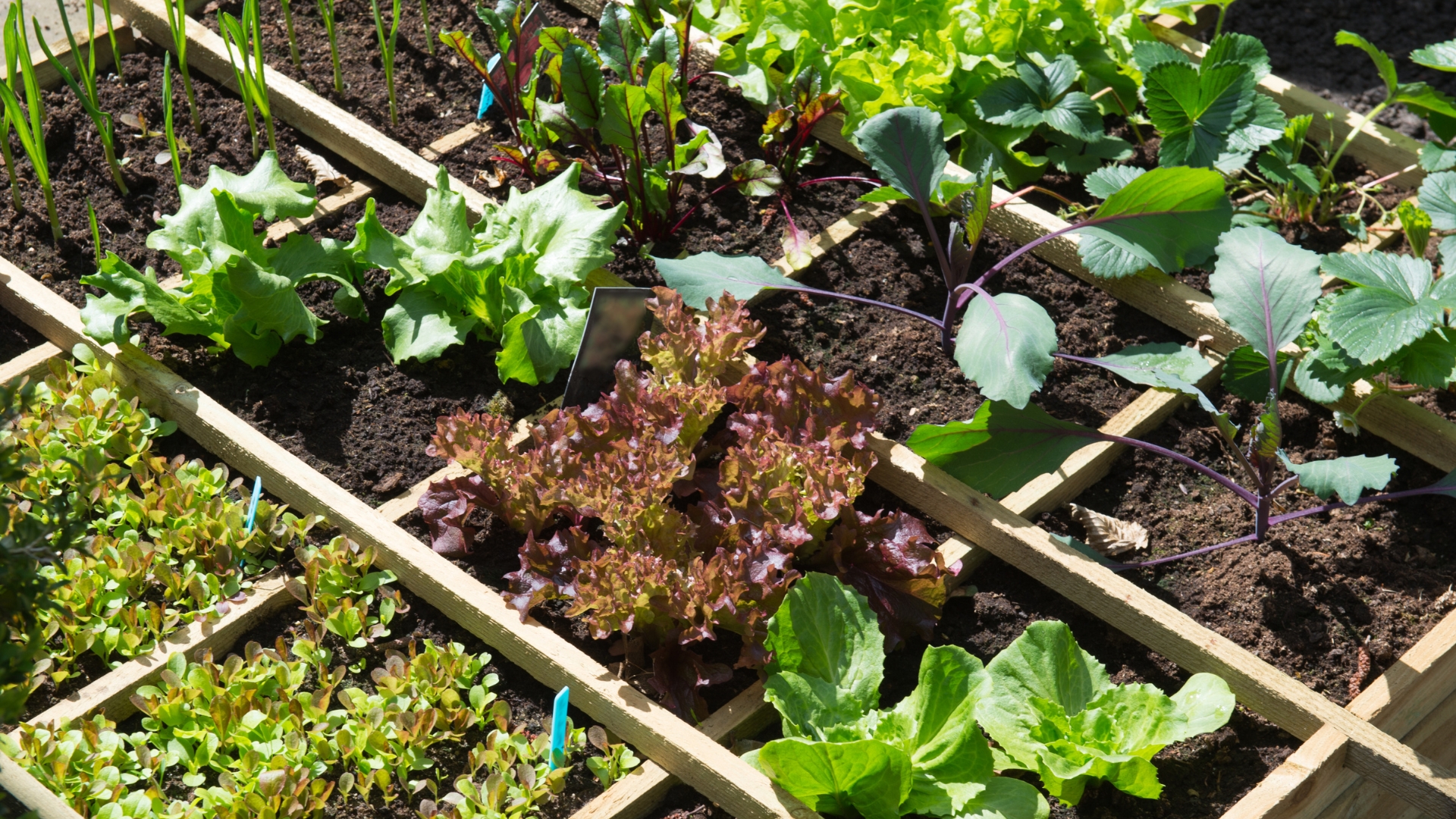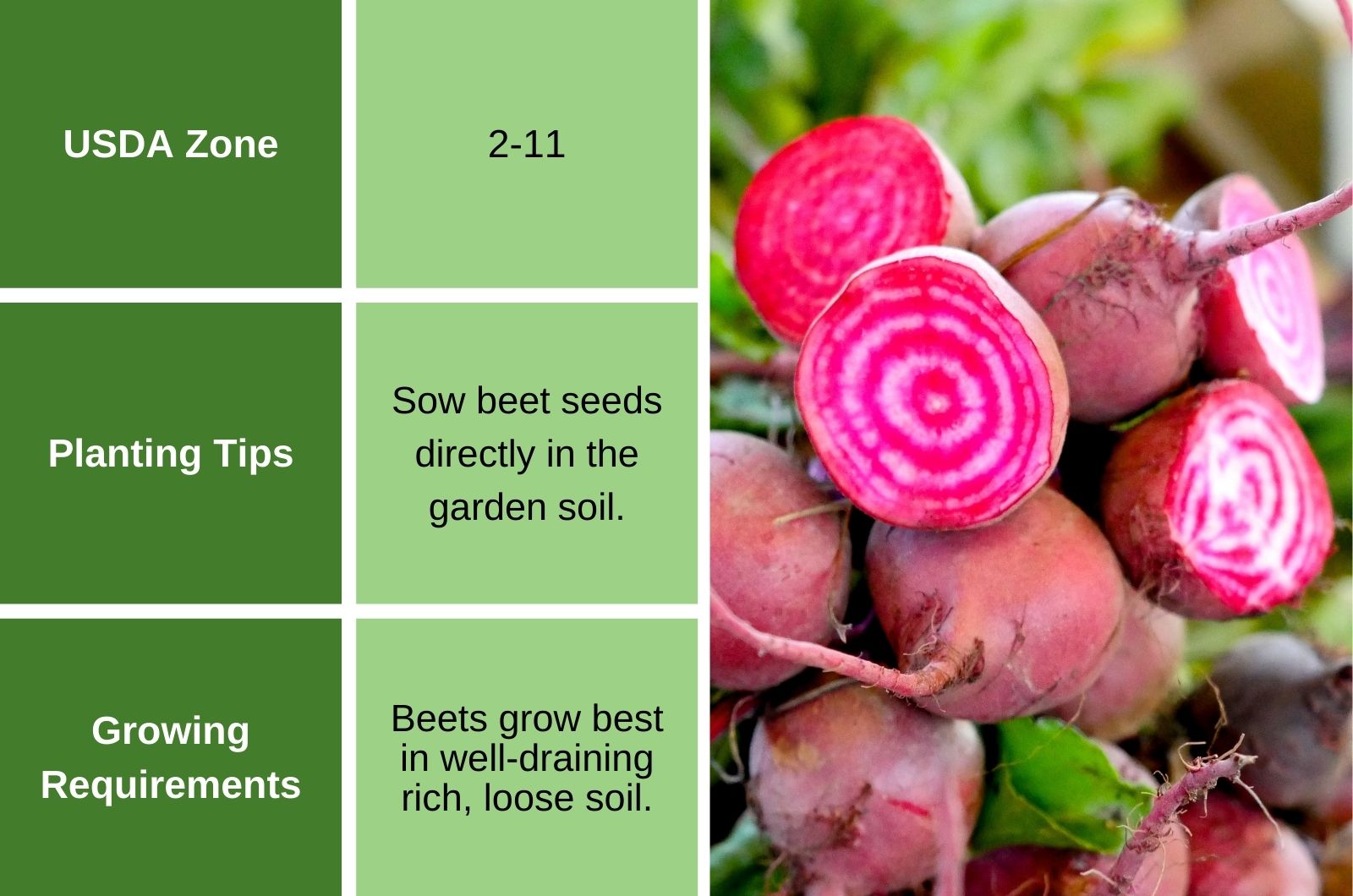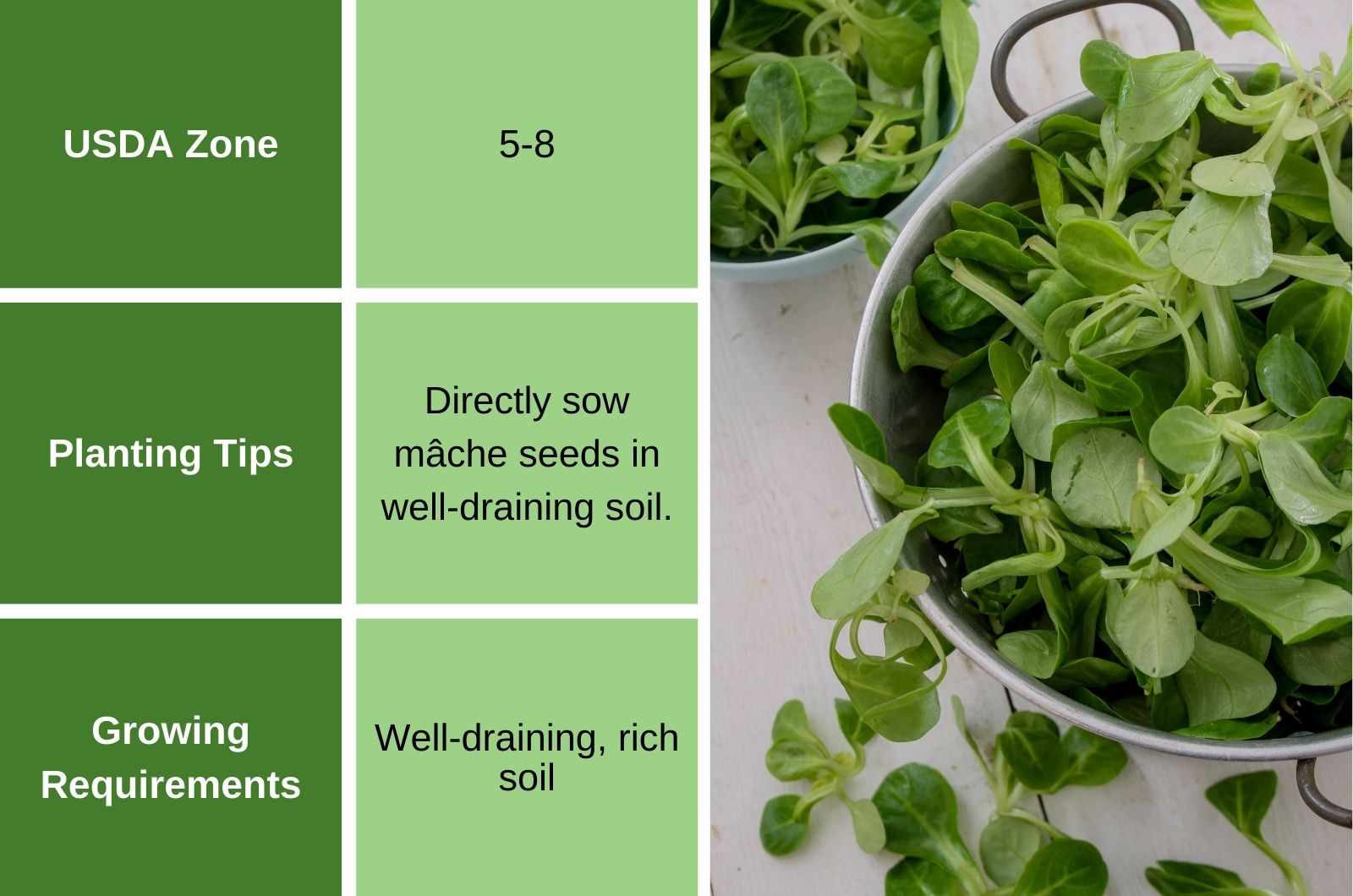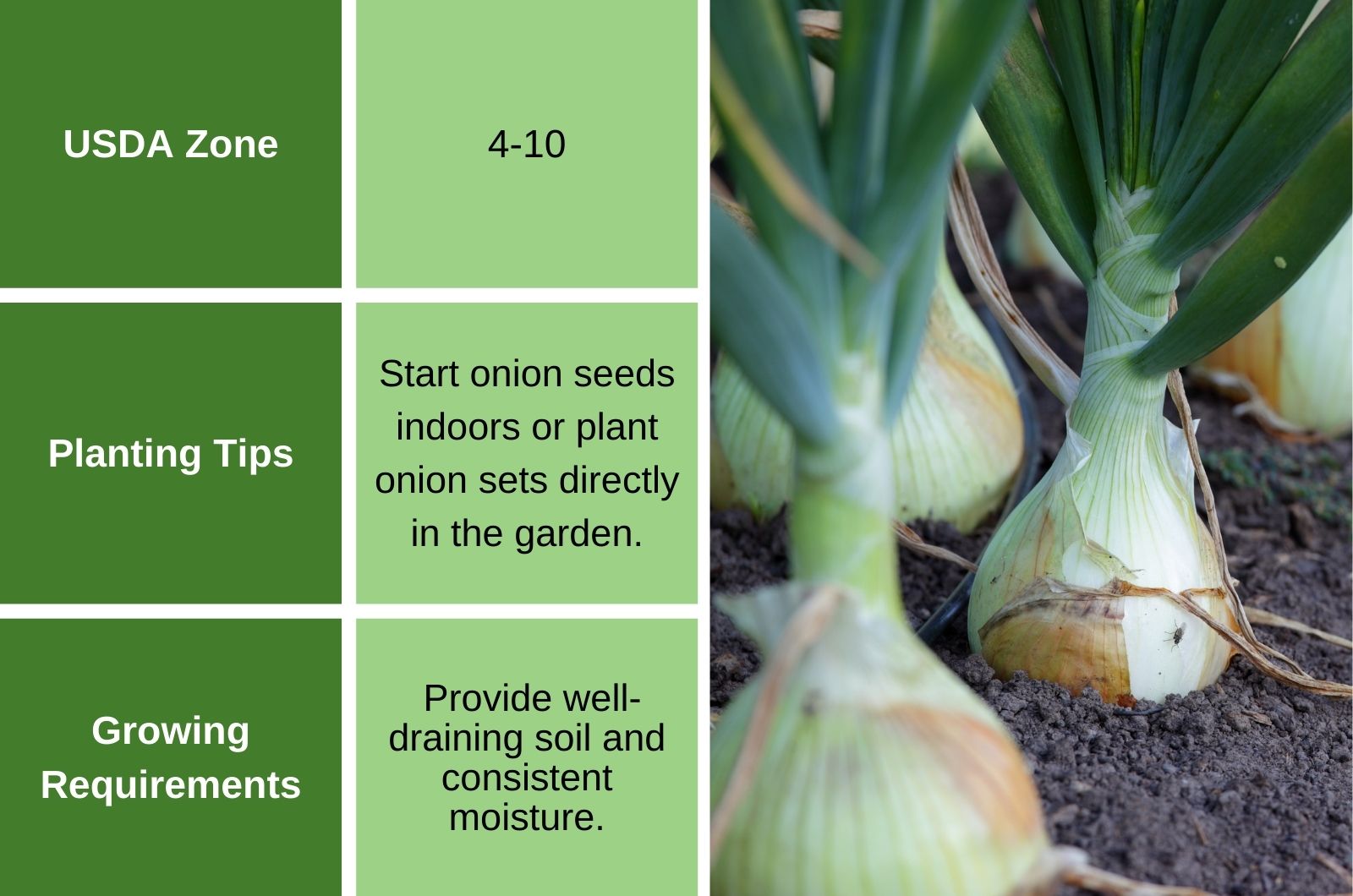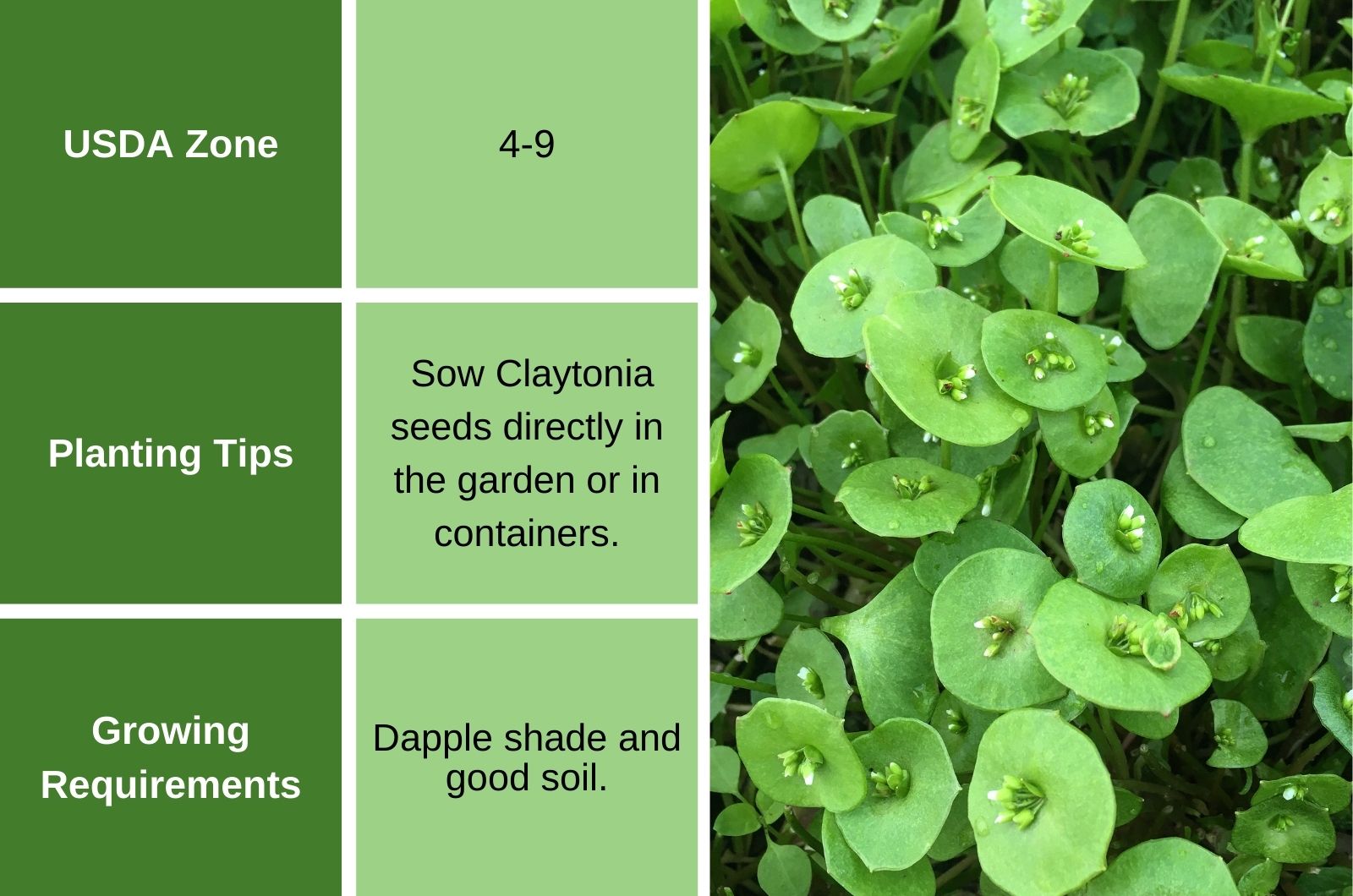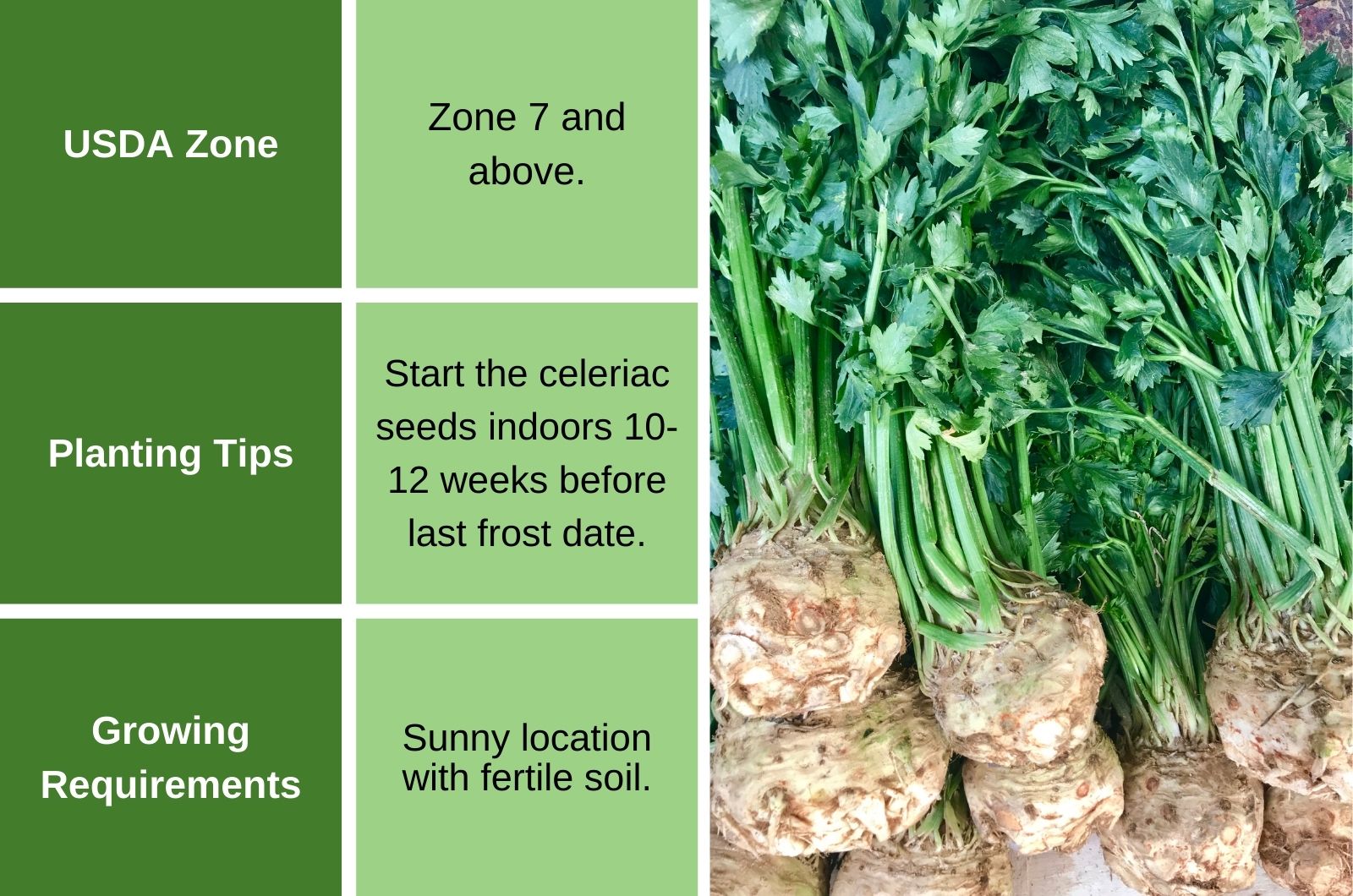Maximize your gardening season by diving into early spring seed planting!
Embrace the versatility of cool-season crops like arugula, cabbage, and kale that thrive in colder temperatures.
But wait, there’s more!
There are numerous sun-loving veggies that can also be planted in February, as long as they are kept nice and warm. We’re here with expert planting tips and a guide to the veggies that will kickstart your garden.
Get ready for a flourishing harvest!
1. Arugula
We are starting our list with arugula, a cool-weather crop that is closely related to cabbage, mustard, and kale.
The soil should be about 40 degrees Fahrenheit when planting arugula. Plant the seeds directly in the soil and cover them with fabric to protect them from flea beetles. Consider planting some arugula companion plants nearby.
You can also start the seeds indoors – do this eight weeks before the last frost day and harden-off the seedlings before transplanting.
2. Celery
Celery is an easy-to-grow veggie that benefits from spring planting. You can start the seeds indoors and wait about 10-12 weeks before transplanting your celery outdoors.
Unlike arugula, celery seeds need warm soil with temperatures of around 70 to 75 degrees Fahrenheit. You can use a heating mat to achieve the desired temperature.
Wait until the temperatures are above 55 degrees to transplant your celery. Don’t let the soil dry out because it might cause premature bolting.
This might be useful: Unlocking The Secrets Of Growing Celery In Your Home Garden
3. Tomatoes
Tomatoes are a popular summer crop that should be planted in early spring. If you live in zone 7 or warmer, then February is the perfect time to plant and grow tomatoes indoors.
Their seeds will germinate in soil temperatures of around 80-90 degrees Fahrenheit.
Don’t plant the seeds too early because you might end up with a rootbound and leggy tomato seedling.
In zones 6 and lower, it is best to wait to plant tomatoes until March; in the meantime, you can count back four to six weeks before your area’s last frost date.
Keep your young tomato seedlings in a place with ample sunlight – a south-facing windowsill will work just fine. Full sunlight exposure or low grow lights are going to make your tomatoes grow and thrive!
4. Cabbage
Cabbage is also a cool-weather veggie that should be planted in February. If everything goes as planned, you’ll be transplanting cabbage seedlings by late March or early April.
Choose a variety that suits your garden space – go for wider spacing between the plants (up to 18’’) because cabbage needs to spread and properly form their heads.
Also read: The 9 Cabbage Growing Stages + How To Grow This Vegetable
5. Kale
Here is yet another cool-season veggie known for its fine adjustments to colder weather – kale!
Kale is a nutrient-dense veggie that should be planted early in the spring. Remember to protect young plants if the temperature drops below 28 degrees.
Plant the seeds indoors 6-8 weeks before the spring frost; but if you live in warmer climates where the soil temperature is above 60 degrees, you can sow them directly into the ground.
Related: A Complete Guide To The Kale Growing Stages & What To Expect
6. Beets
Because they can germinate in soil as low as 45 degrees Fahrenheit, beets are typically planted straight in the ground. Plant the beet seeds three inches apart, half an inch deep, and leave 12 inches between rows.
February is the perfect time to start beets because the colder temperatures will lead to better color and flavor.
Besides seeding directly, you can also sow beets in clusters of two to three plants per cell, and keep them six inches apart when transplanted.
The beets will form a lovely cluster as they grow outward and upward. Keep the surrounding bulbs in place and take the larger roots first, choosing them carefully.
Related: How And When To Harvest Beets
7. Peppers
Sweet and spicy peppers are a must-have in every garden. To grow the best peppers and get the most out of the growing season, consider planting them in February.
Six to eight weeks before the last date of frost, start the seeds indoors. When the weather warms up, transplant the little seedlings. Be patient as it may take some time for the seeds to sprout and flourish!
Keep the pepper seedlings in temperatures of around 70 degrees Fahrenheit and make sure they are nice and moist.
If you are growing chili peppers, remember to wear gloves when dealing with the seedlings and don’t touch your eyes.
This might be useful: 8 Effective Tips For Growing Lots Of Peppers In Your Garden
8. Leeks
Leeks are veggies related to onions that are often used in soups and stews. They add a mild onion flavor to autumn and winter dishes.
They require around 120 days to mature, so it’s best to plant them earlier. Sow their seeds in flats or clusters of four to six per cell in a tray.
Plant them in the garden after they are pencil-thick, spacing them six inches apart and six inches deep. You can plant them up to two weeks before the last predicted frost date.
Related: What’s The Best Time To Harvest Leeks?
9. Mâche
Corn salad, also known as mâche, is an unpopular cold-weather green that can germinate in soil temperatures of 40 degrees. Mature and established plants can even survive in freezing temperatures of around 5 degrees Fahrenheit!
This hearty veggie is known for its juicy leaves and slightly sweet flavor, which is why it is perfect for early spring salads.
Those who live in USDA hardiness zones 5 or colder should start the seeds indoors and transplant them outside when the soil is workable. Low tunnels or nurseries would be ideal for this veggie as long as the soil is not frozen.
Keep in mind that the corn salad seeds won’t germinate if the soil temperature is around 70 degrees or higher.
10. Onions
Onions are a staple of every garden. These are root veggies that take 90 to 100 days to mature, which is why they should be started early in the spring.
Anytime in February is a good time to start onion seeds, but aim for eight to ten weeks before your last frost date.
There are short-day, long-day, and day-neutral onion varieties you can grow, so choose the right kind for your climate.
Short-day onion varieties grow well in zones 7 or warmer, while long-day ones grow well in zones 6 or colder. Day-neutral onions can perform well in any region.
Related: How To Grow The Biggest Onions In Your Garden
11. Claytonia
Claytonia is a unique plant that can adorn your garden with its succulent-textured leaves and lovely little white flowers. These beautiful plants are packed with minerals and vitamin C, which are super beneficial for our health.
Sow the seeds directly in the ground when the soil temperature is around 50 degrees Fahrenheit – approximately six weeks before the expected last frost.
They don’t mind the cold temperatures, but will die if the weather suddenly gets warmer. These are self-seeding plants that can form a ground cover under the shade, making your garden even more vibrant.
12. Celeriac
Celeriac, a relative of celery, is known for its bulbous root with a mild earthy flavor and potato-like texture. Since they also take a long time to grow and mature, it’s best to plant them early in spring.
Although young celeriac plants require warm soils, adult plants thrive in a light frost at the start of fall. Soil temperature below 70 degrees Fahrenheit won’t support seed germination.
Start the celeriac seeds indoors 10-12 weeks before the last frost date – use a heating mat or grow lights to provide them warmth!
Keep them well-hydrated and away from temperatures below 55 degrees. Start hardening off the seedlings by reducing the moisture; do not expose them to lower temperatures.
13. Broccoli
Broccoli is another popular veggie that grows well in cool weather. Opt for early-season varieties and plant them 6-8 weeks before you plant to bring them outdoors.
Cold-hardy broccoli is usually transplanted 1 or 2 weeks before the last frost date – the key is that the seedlings have been hardened off to cooler night temperatures.
Even though we are talking about a cool-season crop, it still needs some warmth to germinate and grow. Plant broccoli in soil with a temperature between 75-80 degrees Fahrenheit. Thin the seedlings and transplant them 10-18’’ apart.
If planted too close, broccoli plants will have trouble forming proper heads.
You might like: How To Grow Broccoli In Containers + Helpful Care Tips
14. Cauliflower
Cauliflower are related to broccoli, which means that they are grown similarly. Start their seeds 4 to 6 weeks before the last frost – make sure to plant the seeds about ¼ of an inch deep and don’t use too much soil to cover them.
Thin them down to one plant per cell and don’t keep them in containers for a long time because they might get rootbound, and rootbound cauliflower won’t adjust to the ground soil adequately.
If spring is rather colder than you expected, you can always grow cauliflower in a raised bed or under a row cover or low tunnel.
Also read: What Are Cauliflower Growing Stages? Check Out The Answer Here
15. Spinach
We saved the best for last, spinach!
Spinach is a cool-season veggie packed with vitamins and nutrients that help you grow big and strong. Spinach seeds will germinate and grow in soil temperatures between 55-60 degrees Fahrenheit.
Directly sow the seeds or wait until March if you live in a colder region. While they can also be transplanted, it’s best to directly sow spinach in the ground.
This veggie should be planted in early spring or fall because the heat can cause bolting and bitter flavor. Opt for savoy spinach, which is more tolerant of cold temperatures than flat-leaf spinach.
Related: Easy Tips On Growing Spinach At Home Or In The Garden

